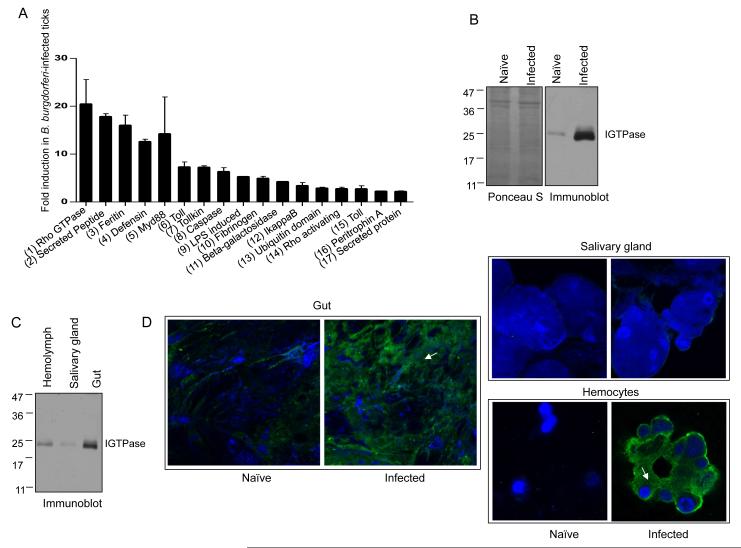Figure 1. An I. scapularis Rho-like GTPase, termed IGTPase, is dramatically induced during spirochete acquisition in ticks.
(A) B. burgdorferi infection-induced transcript levels of selected I. scapularis genes. Bars represent two-fold or higher increase in transcript levels in 48 hour fed ticks that parasitized on B. burgdorferi-infected mice relative to uninfected hosts. Accession numbers: (1) ISCW004348, (2) AAV63544, (3) ISCW015079, (4) ISCW022102, (5) ISCW008802, (6) ISCW007724, (7) ISCW022120, (8) ISCW003039, (9) ISCW020307, (10) ISCW009412, (11) ISCW000651, (12) ISCW007030, (13) ISCW023764, (14) ISCW003559, (15) ISCW017724, (16) ISCW006076, (17) ISCW024521. The data represent the mean values ± SEM of 20 ticks.
(B) Dramatic induction of IGTPase protein levels in B. burgdorferi-infected ticks. Equal amount of lysates from ticks that fed on naïve or B. burgdorferi-infected mice for 24 hours were resolved on an SDS-PAGE gel, transferred onto nitrocellulose, stained with Ponceau S, and immunoblotted with IGTPase antisera. Molecular mass markers (kDa) are indicated on the left.
(C) IGTPase is predominantly detectable in the tick gut. Equal amount of hemolymph, salivary glands and gut lysates from B. burgdorferi-infected ticks (Figure 1B) were immunoblotted using IGTPase antisera.
(D) Localization of native IGTPase in the I. scapularis. Tick tissues (Figure 1C) were probed with IGTPase antisera and a FITC-labeled anti-mouse IgG (green) and DAPI (blue). IGTPase was detectable in the gut and hemocytes (arrows).

